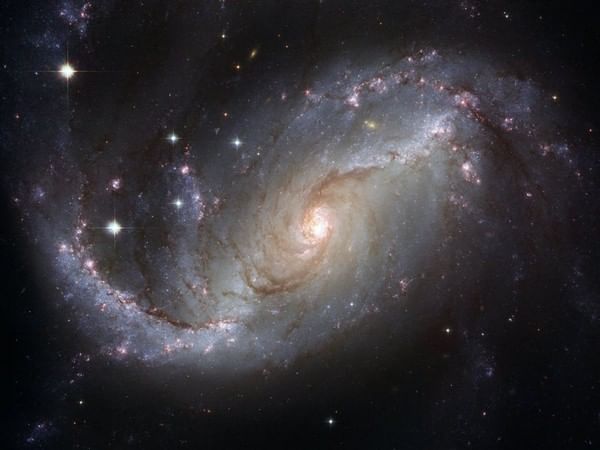Washington DC [US], March 12 (ANI): Astronomers have revealed new evidence that there are not just one but four tiny planets circling around Barnard’s Star, the second-nearest star system to Earth.
The four planets, each only about 20 to 30% the mass of Earth, are so close to their home star that they zip around the entire star in a matter of days. That probably means they are too hot to be habitable, but the find is a new benchmark for discovering smaller planets around nearby stars.
“It’s a really exciting find — Barnard’s Star is our cosmic neighbor, and yet we know so little about it,” said Ritvik Basant, Ph.D student at the University of Chicago and first author on the study. “It’s signaling a breakthrough with the precision of these new instruments from previous generations.”
The finding adds weight to a November study by a team using a different telescope, which had found strong evidence for one planet around Barnard’s Star and hints at others.
The new study, which included scientists with the Gemini Observatory/National Science Foundation NOIRLab, Heidelberg University, and the University of Amsterdam, is published March 11 in The Astrophysical Journal Letters.
For a century, astronomers have been studying Barnard’s Star in hopes of finding planets around it. First discovered by E. E. Barnard at Yerkes Observatory in 1916, it is the nearest system that has the same configuration we do — i.e., with only one star. (The absolute nearest star system to us, Proxima Centauri, has three stars circling each other, which changes the dynamics of planet formation and orbits).
Barnard’s Star is a type called an M dwarf star, which we now know are extremely numerous in the universe. Scientists, therefore, would like to know more about what kinds of planets they host.
The trouble is that these faraway planets are far too tiny to be seen next to the brilliance of their stars, even with our most powerful telescopes. That means scientists have had to get creative to search for them.
One such effort was led by UChicago Prof. Jacob Bean, whose team created and installed an instrument called MAROON-X, which is attached to the Gemini Telescope on a Hawaiian mountaintop and designed specifically to search for distant planets.
Because stars are so much brighter than their planets, it’s easier to look for effects that planets have on their stars — like monitoring the wind by watching how a flag moves.
MAROON-X looks for one such effect; the gravity of each planet tugs slightly on the star’s position, meaning the star seems to wobble back and forth. MAROON-X measures the color of the light so precisely that it can pick up these minor shifts, and even tease apart the number and masses of the planets that must be circling the star to have this effect. (ANI)
This report is auto-generated from ANI news service. ThePrint holds no responsibility for its content.






